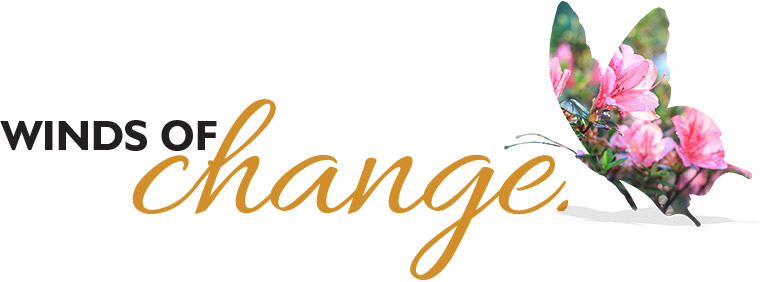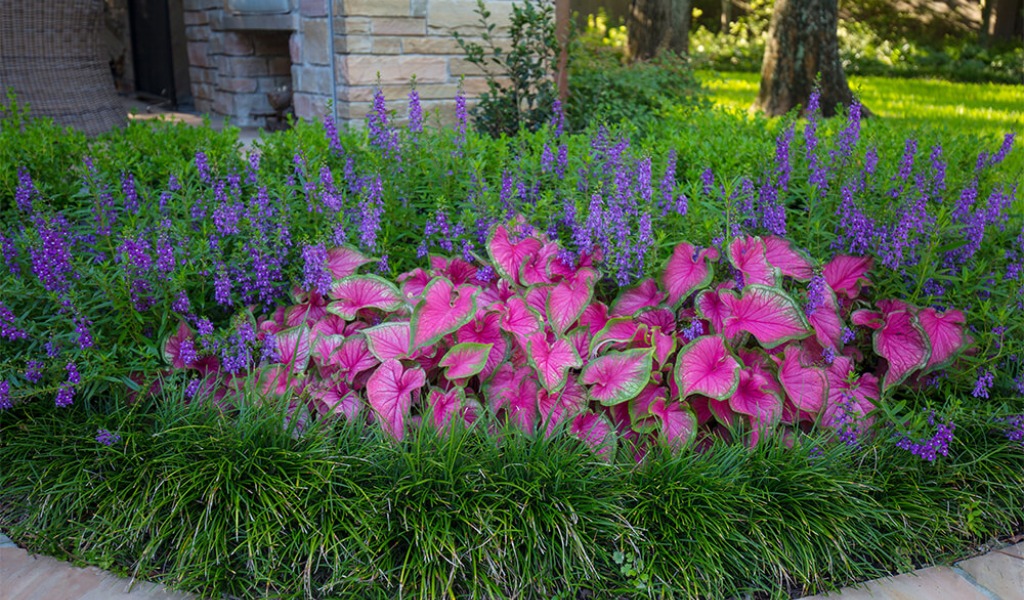With spring just around the corner, you may be dreaming about bright colors and full blooms. Spring is known as the time of rebirth, when many perennials blooming after the cold winter months. It’s also an ideal time to refresh your landscape, adding vibrant flowers, rich greenery and decorative elements to your garden. Many homeowners like to incorporate spring seasonal color — gorgeous flowers that bloom in spring and add a kaleidoscope of hues to your landscape. And there’s no better time to start planning than the present. To help get your wheels turning, we’ve rounded up some of our favorite spring flowers and plants for inspiration.
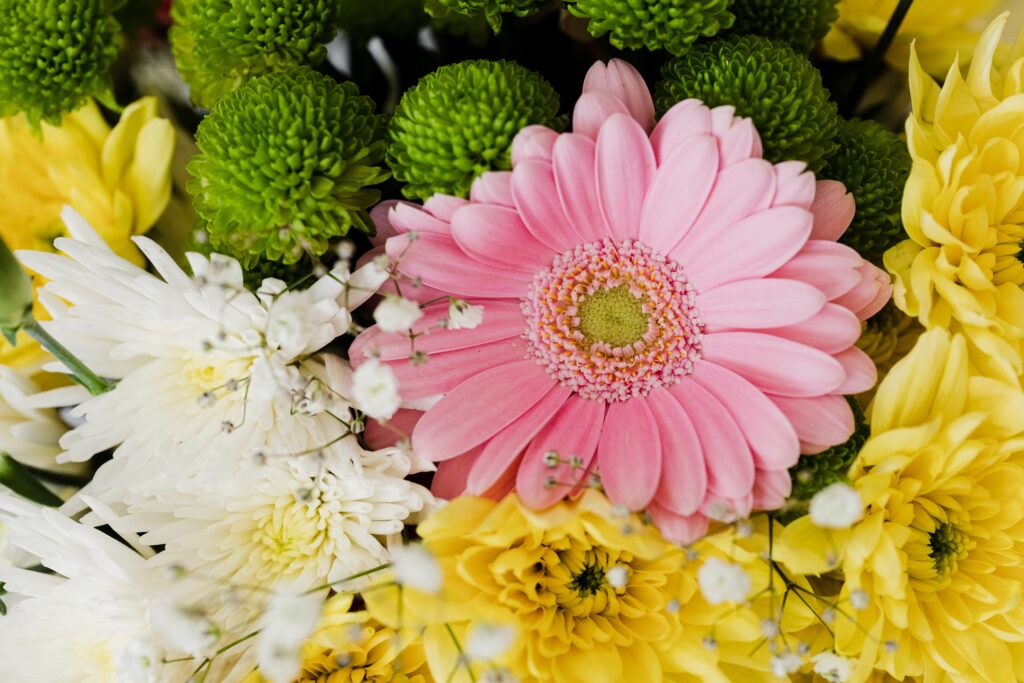
Gerbera Daisies
Gerbera daisies are a brightly colored springtime bloom. These flowers come in a multitude of colors, ranging from vivid reds and oranges to bright yellows to pale, pastel pinks, making a statement with their eye-catching colors. It’s recommended to plant these flowers after the last freeze of the winter season as you’re heading into spring. They also grow best in areas with full sun in the mornings and partial shade later in the day.
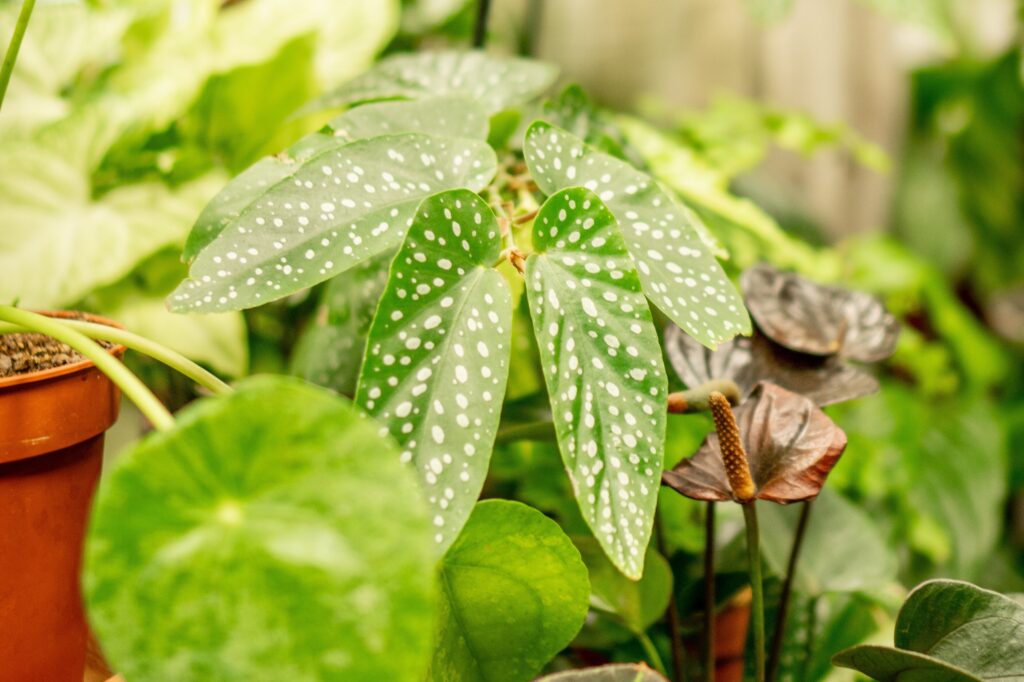
Begonias
Low maintenance and easy-to-grow, begonias are a tried-and-true favorite for spring seasonal color. These popular flowers come in a wide variety of vivid colors, shapes and sizes, providing abundant options for you to select the best fit for your garden. You may recognize the wax begonia for its rich green waxy-looking leaves and bright flowers or the polka dot begonia which is easy to spot due to the white dots on its large dark green leaves.
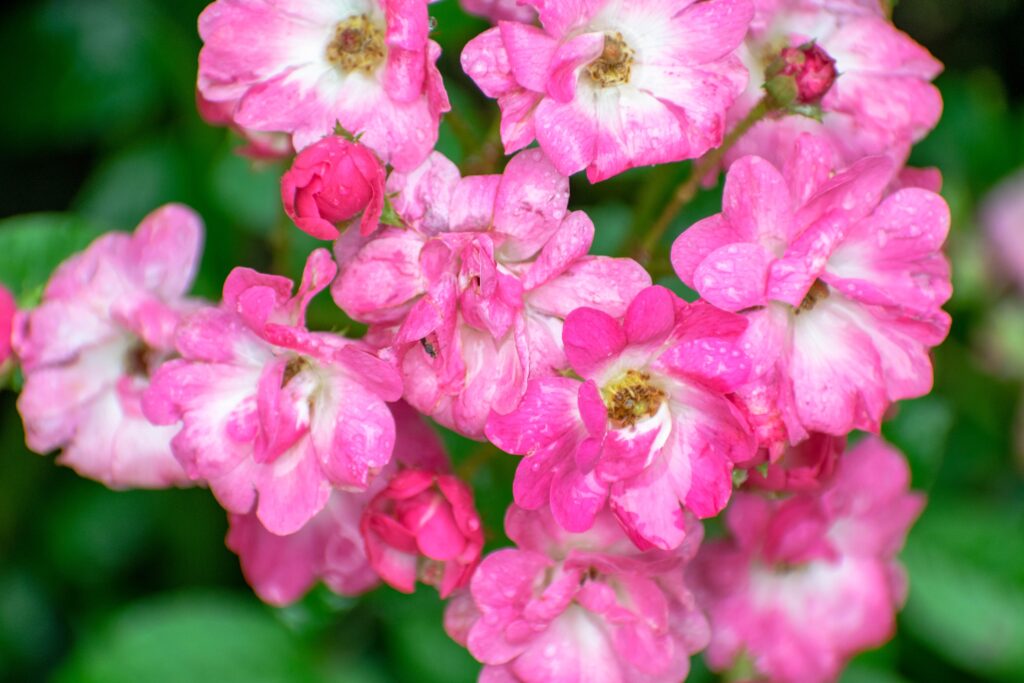
Geraniums
Geraniums are a popular choice for spring gardens, and can often be found in hanging baskets, planters and raised beds. These brightly colored blooms are sun-loving and do best when planted after the last freeze of the season, making them ideal for springtime. However, it’s important to note that these flowers should be kept out of reach of small children and pets as they can cause upset stomachs, nausea and, in some cases, vomiting.
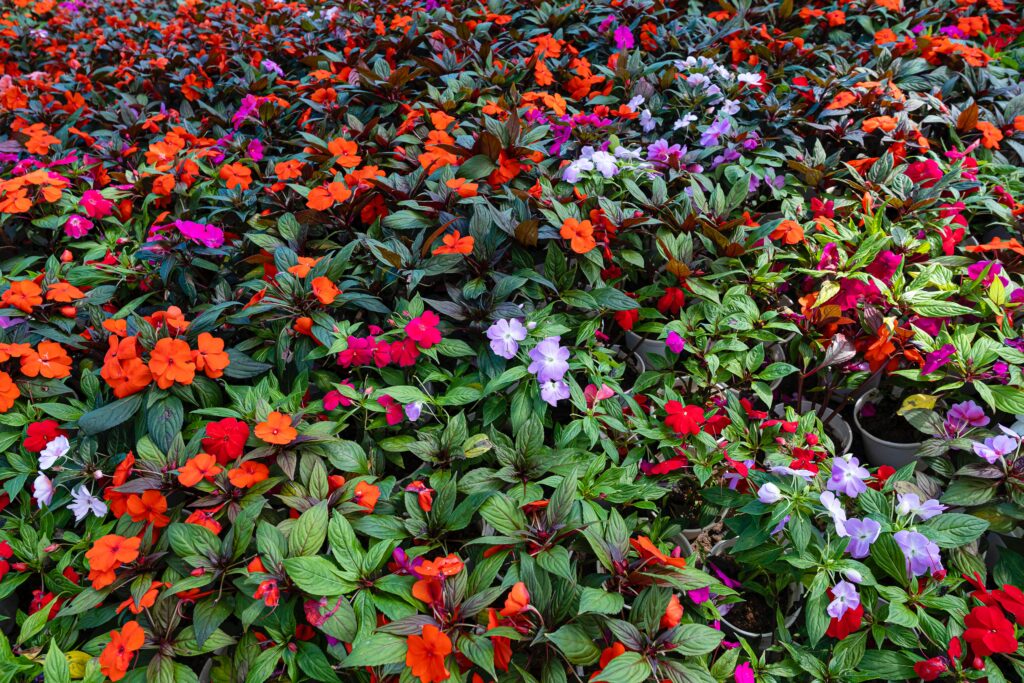
Impatiens
Known for their wide range of vivid colors, impatiens are another popular choice for spring seasonal color. When planted after the last frost of the season, as the months turn warmer, these flowers are fast to grow and bloom. They usually come into their full force during late spring and early summer. We recommend adding them to garden beds to add vibrancy to your garden — either in monochromatic patterns or a combination of colors, depending on your landscape vision.
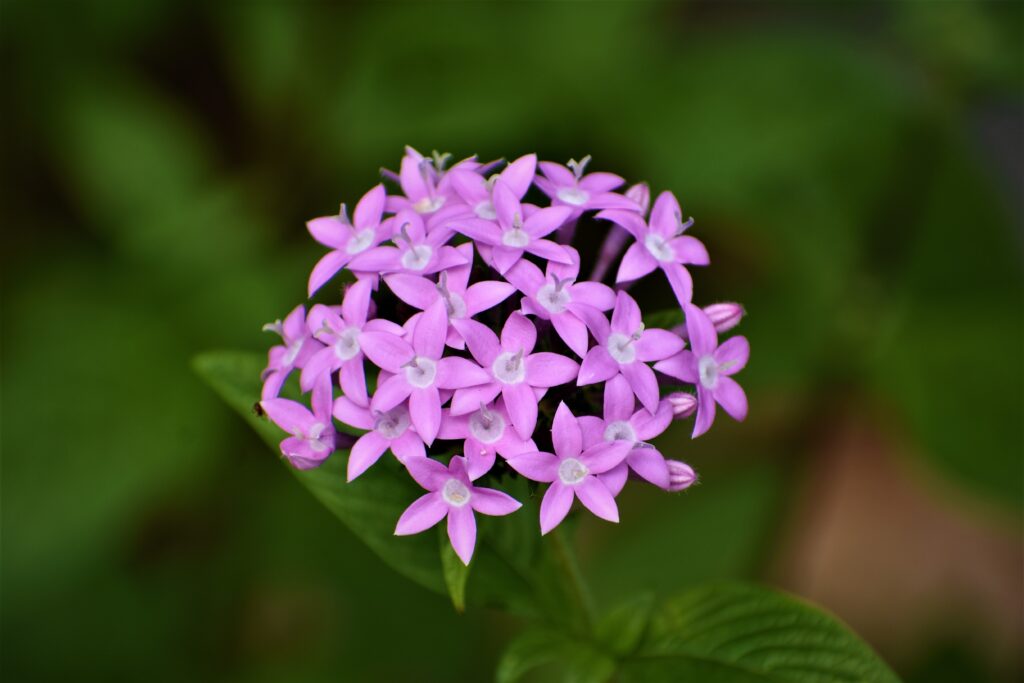
Pentas
Featuring rich colors and an unusual star-like shape, pentas add a gorgeous pop of color to your spring garden. These small shrubs prefer warm environments, which makes them well-suited for Texas landscapes, and can often be found planted in containers or garden beds.
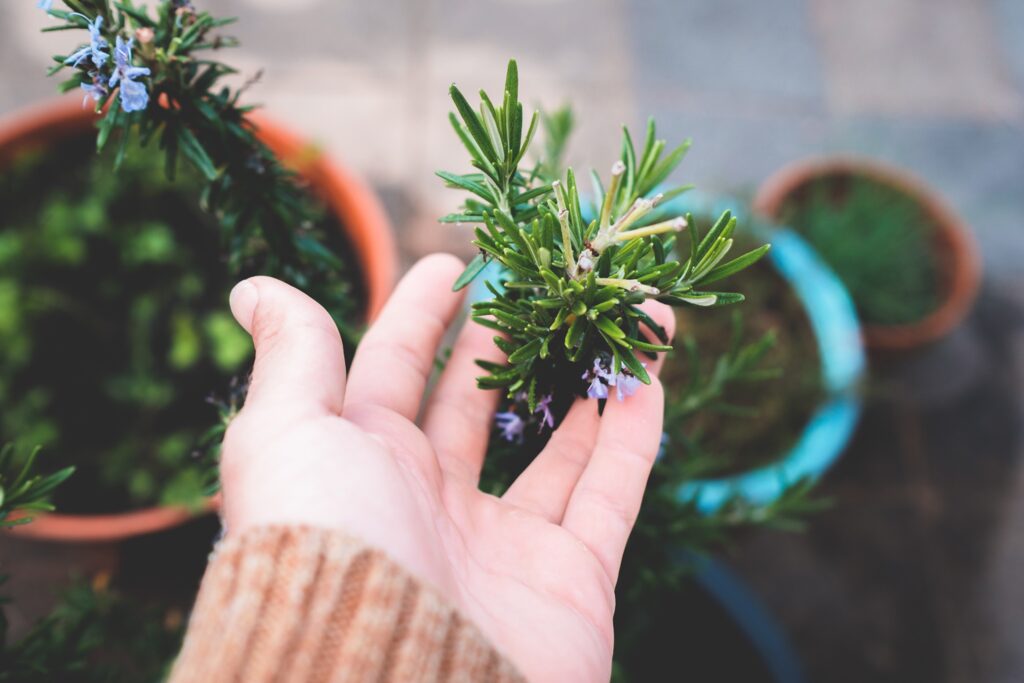
Sage and Rosemary
Sage and rosemary are two of our favorite herbs to add to spring landscapes. Fragrant, edible and visually stunning, these popular everyday herbs can offer a wide range of benefits to your garden. Sage’s striking purple flowers add gorgeous seasonal color, while rosemary brings freshness and a dense greenery.
Feeling inspired yet? Adding seasonal color to your garden is a wonderful way to brighten the landscape, add variety and event reflect your personality. And, while we love each of the flowers highlighted here, this is truly just the tip of the iceberg. There is a wide range of options ideal for spring blooms — ranging in colors, shapes, patterns and textures. If you have questions or want help selecting the best fit for your garden, let us know. Our team of landscape architects and skilled maintenance crews can help you find the perfect plants to complete your springtime garden.

